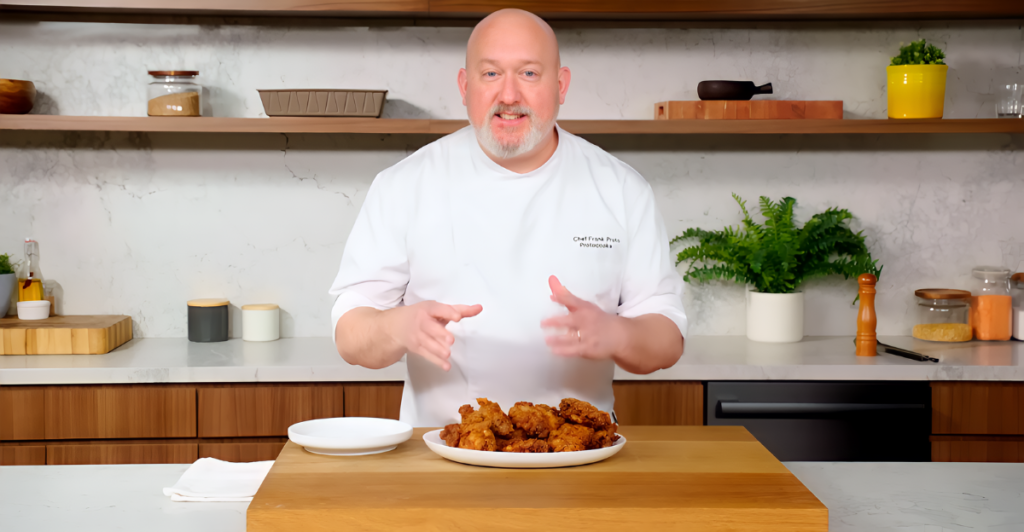
It’s hard to top the satisfaction of sinking your teeth into perfectly crispy, tender fried chicken. Nothing ever pleases a crowd like fried chicken, whether you’ve picked up a bucket from your favorite take-out spot or made a batch at home.
Leftovers are inevitable, and, for many, a cold piece straight from the fridge is perhaps a guilty pleasure. However, if you wish to restore that fresh-from-the-fryer crunch, it’s important to reheat fried chicken correctly. Here’s how to make sure your leftover chicken is as crispy and delicious as the first time.
Is it Safe to Reheat Fried Chicken?

It’s perfectly safe to reheat fried chicken, as long as it was fully cooked and stored correctly. The only trick is to refrigerate it within two hours of cooking so that it doesn’t spend time in the “danger zone” between 40°F and 140°F, where bacteria multiply rapidly.
It’s also safe to eat fried chicken cold or at room temperature, as long as it hasn’t been sitting out for longer than two hours. If you follow these tips, you can eat the leftovers without worry.
Why Does Fried Chicken Lose Its Crisp?
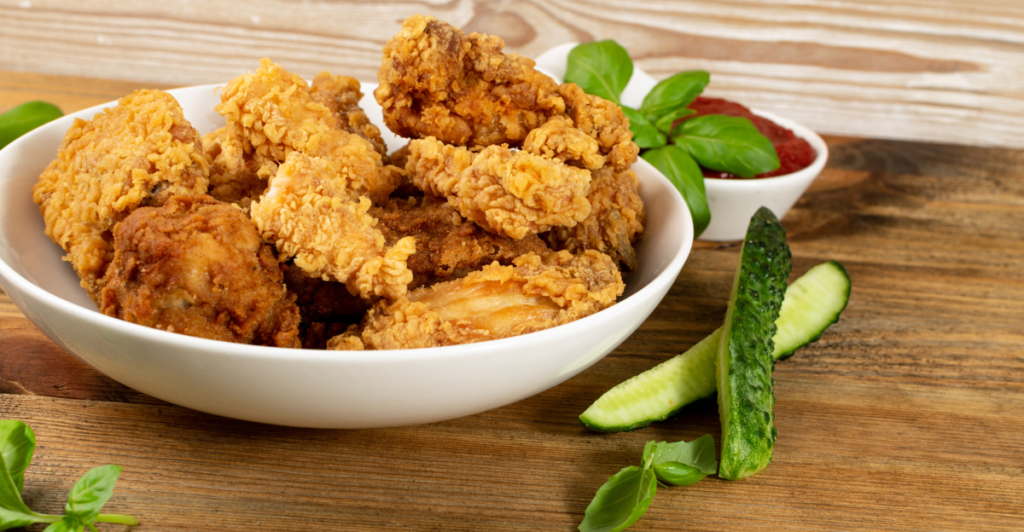
The biggest hurdle in reheating fried chicken is maintaining its crispy coating. Moisture is the enemy — techniques like microwaving heat the water inside the food, leading to soggy breading.
Conversely, dry heat can toughen the meat. The goal is to strike a balance, to heat the chicken so the crust stays crisp while the inside remains juicy. Although it’s difficult to replicate the original texture, the right technique can get you very close.
The Oven: The Gold Standard for Reheating

The oven is the most commonly accepted way to reheat fried chicken. First, let your chicken come to room temperature for at least 20 to 30 minutes.
Preheat your oven to 400°F and place the chicken pieces on a wire rack set over a baking sheet. The rack enables hot air to circulate and keeps the bottom from becoming soggy.
For the best texture, bake the chicken for the first 12 to 15 minutes, or until the internal temperature reaches 120°F.
Tips for Oven Perfection
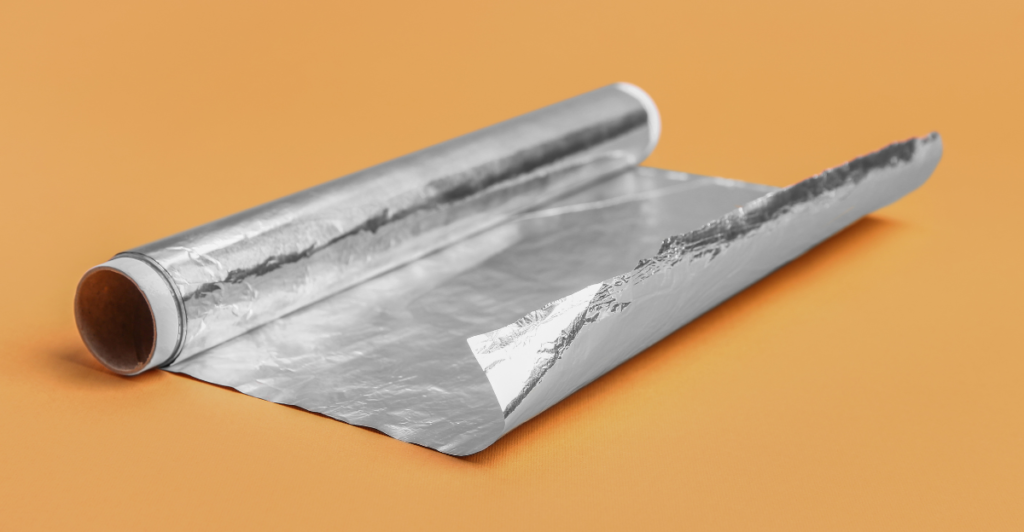
If you want the chicken as crispy as possible, avoid covering it with foil, which traps steam that softens the crust. If you have a convection oven, use it — circulating hot air makes the skin even crispier.
If you want a little extra crunch, lightly spritz the chicken with cooking spray before you pop it in the oven. If you have smaller pieces, they’ll heat more quickly, so use an instant-read thermometer on each piece and remove it as soon as it’s done.
Air Fryer: The Next Best Thing
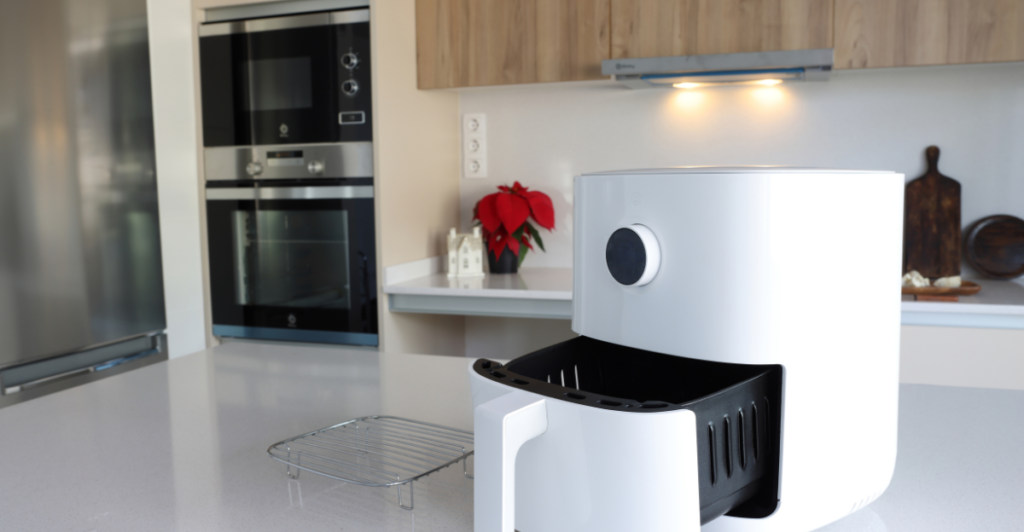
If you have an air fryer, it is also an excellent substitute for the oven. Allow the chicken to reach room temperature, then cook it at 375°F for 3 to 5 minutes.
Arrange the pieces in a single layer to ensure even cooking and crispiness. The circulating heat in an air fryer does wonders for the crust, making it almost as good as fresh. For best results, avoid overcrowding the basket.
Stovetop Method: For the Adventurous

Reheating fried chicken on the stovetop will yield a satisfyingly crispy result, but it involves more effort and cleanup.
Heat a small amount of oil (about 1/8 to 1/4 inch) in a skillet over medium-high heat until it reaches 300°F.
Then, fry the chicken for 2 to 4 minutes on each side and drain the excess oil on a wire rack. This technique essentially “refries” the chicken, restoring crunch but adding extra oil.
Why the Microwave Falls Short
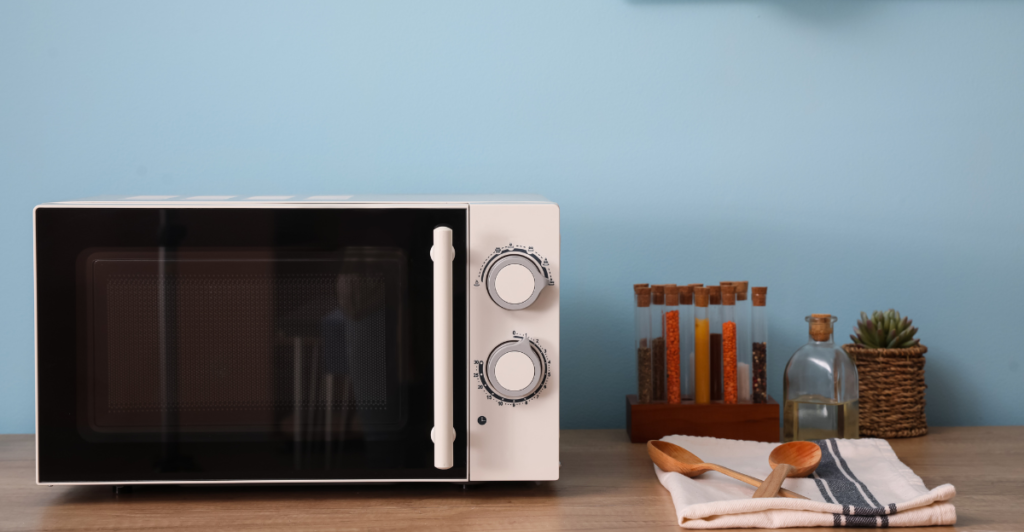
Though the microwave is the quickest method for reheating, it’s the least effective for restoring crispness. That’s because microwaves heat food by agitating water molecules, which leaves the breading soft and soggy.
If you have to use a microwave to reheat, do so only in short bursts, and place the chicken on a paper towel to soak up excess moisture. As always, the results will never compare to those produced in the oven or air fryer.
Eating Your Revived Fried Chicken

With these techniques, you can enjoy leftover fried chicken that is piping hot, juicy, and satisfyingly crispy. Whether you use the oven, air fryer, or stovetop, the key is to avoid excess moisture and allow air to circulate around the chicken.
These revived fried chicken pieces can be served with your favorite sides, and they will taste almost as good as they did when it was first cooked — maybe even better with the right technique.
